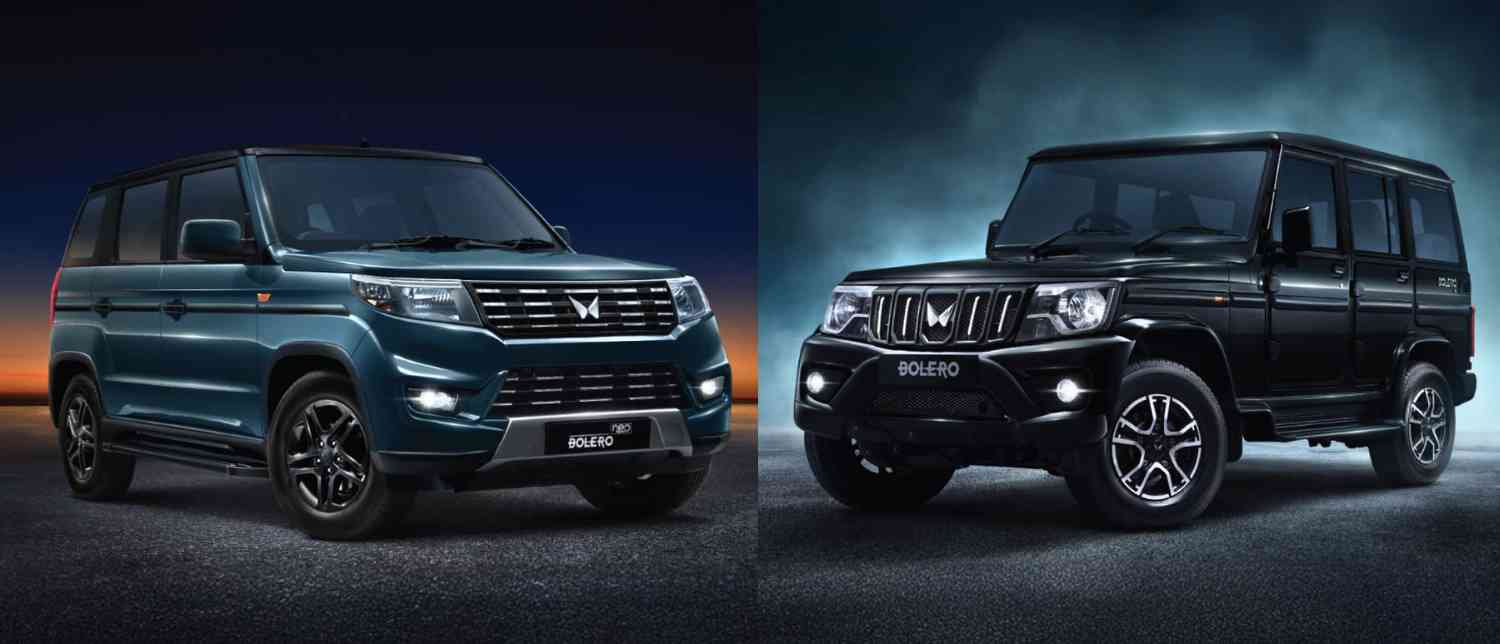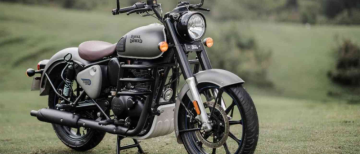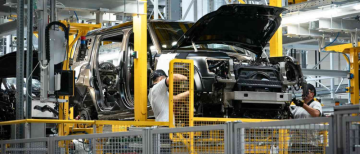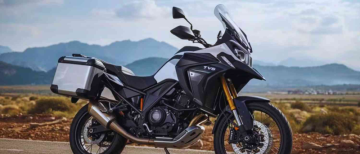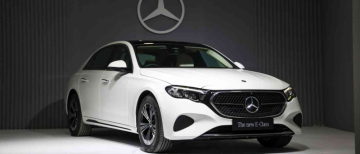Mahindra & Mahindra, one of India’s most trusted automobile manufacturers, has launched updated versions of its popular SUVs — the Bolero and the Bolero Neo. Both models now come with a brand-new 9-inch touchscreen infotainment system, marking a big step forward in comfort and modern features for these rugged, home-grown favourites.
A Familiar Face with a Modern Touch
The Bolero has been a steady companion for Indian families, farmers, and government departments for over two decades. Known for its durability and reliability, it’s often described as the “no-nonsense SUV” that can handle both rural roads and city traffic with ease. Now, in 2025, Mahindra has updated this classic model with a few modern features without taking away its old-school charm.
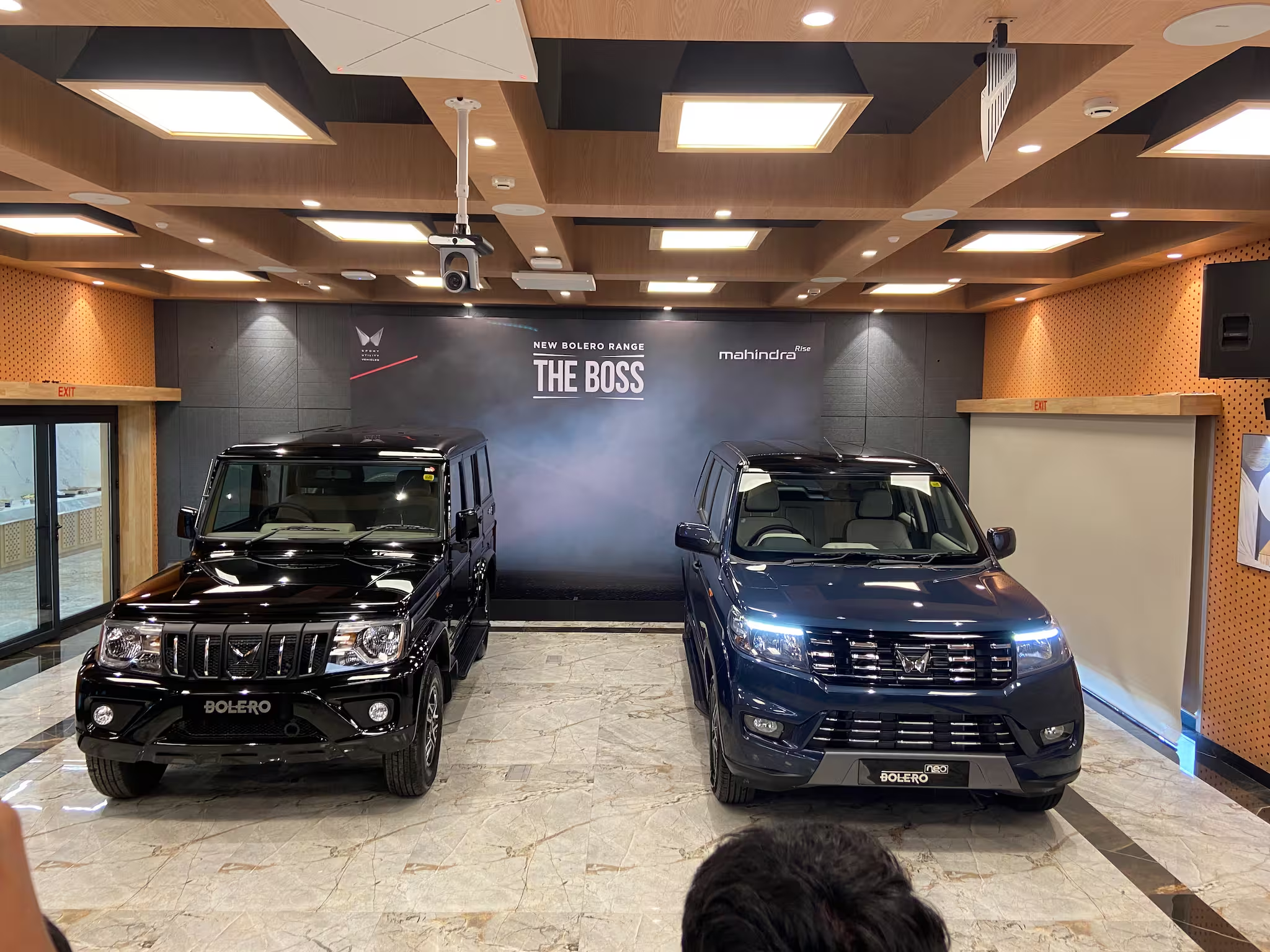
The most noticeable change is the inclusion of a 9-inch touchscreen infotainment display, which supports smartphone connectivity through Android Auto and Apple CarPlay. This is the same system found in some of Mahindra’s newer SUVs like the XUV300 facelift and the Scorpio-N, though slightly simplified to suit the Bolero’s straightforward character. In addition, the dashboard layout has been tweaked slightly to accommodate the new unit, giving the cabin a fresher, more premium look.
The Bolero Neo, on the other hand, has always attempted to blend toughness with a bit more sophistication. Based on the frame of the TUV300, the Neo gets the same 9-inch infotainment system but paired with better sound quality and updated interface graphics. Mahindra has also refreshed a few interior trims and hinted at new two-tone colour options that make the Neo stand out a little more from its older sibling.
Powertrain and Performance
Under the bonnet, both the Bolero and Bolero Neo continue with tried-and-tested diesel power. The regular Bolero retains its 1.5-litre mHawkD75 engine delivering about 75 bhp and 210 Nm of torque, paired with a 5-speed manual gearbox. The Neo uses the more refined 1.5-litre mHawk100 engine, producing 100 bhp and 260 Nm of torque. Both engines are known for their dependability and fuel efficiency, catering to both urban and rural needs.
Mahindra has not introduced major mechanical changes in this update. However, both models continue to comply with the latest BS6 Phase 2 emission norms, reaffirming Mahindra’s commitment to cleaner mobility while maintaining performance.
Technology Meets Tradition
The addition of the 9-inch touchscreen is a symbolic yet significant move. The Bolero series, once known purely for its mechanical strength and minimal technology, now enters a phase where in-car entertainment and connectivity have become central to modern driving expectations.
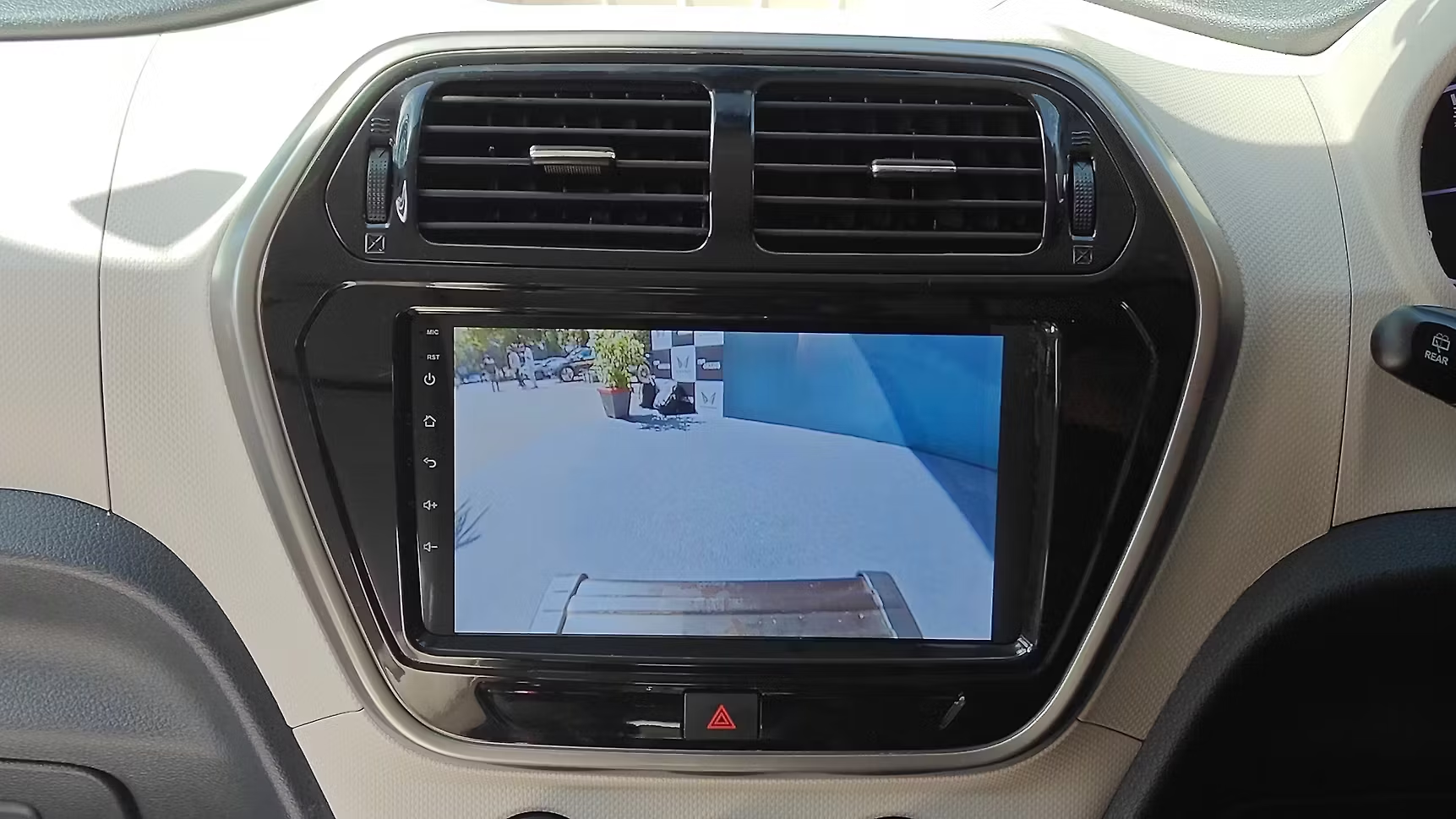
With customers increasingly expecting digital convenience in all cars, the Bolero has finally joined the ranks of connected SUVs, bridging the gap between traditional reliability and modern comfort. The system includes USB connectivity, Bluetooth, and steering-mounted controls for ease of use. This makes long journeys more entertaining and daily commutes more convenient — especially for younger drivers who may be purchasing their first SUV in the Bolero range.
Design and Safety
Visually, the Bolero retains its boxy and muscular appeal, which many still find charming. The Bolero Neo continues to feature its distinctive front grille with chrome accents, LED daytime running lamps, and robust body styling that positions it as more of a city-friendly SUV.
Both models continue to include crucial safety features such as dual front airbags, ABS with EBD, parking sensors, and seatbelt reminders. While these may not sound advanced compared to luxury cars, they are crucial updates that make a big difference in real-world driving conditions, especially in semi-urban and rural India.
What This Means for the SUV Market
By adding the new touchscreen system, Mahindra has shown that even its most rugged SUVs can keep up with changing consumer preferences. Where earlier Bolero buyers valued only toughness and feasibility, today many expect a balance between strength and sophistication.
The Bolero now appeals not just to traditional rural users but also to small business owners and families who appreciate a practical SUV with basic modern comforts. The Bolero Neo continues to attract those who want a stylish SUV that still feels tough and Indian-made.
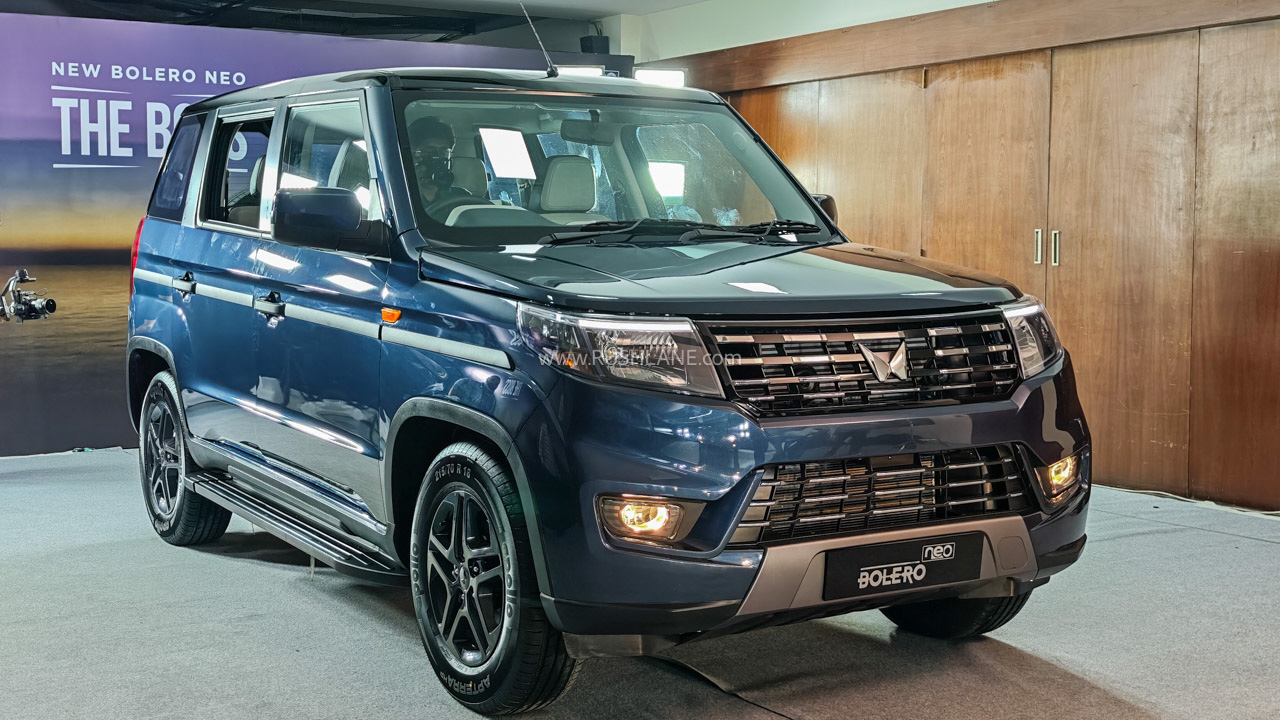
This update also helps Mahindra stay competitive against vehicles like the Maruti Suzuki Brezza, Tata Nexon, and Hyundai Venue — all of which boast modern infotainment systems as standard. Although the Bolero might not aim for flashy design or high-speed highway performance, its reputation for endurance and affordability makes it a symbol of grounded Indian engineering.
Pricing and Availability
While Mahindra has not yet announced any major price revisions, reports suggest that prices for both models may start slightly higher than before due to the added features. The Bolero currently begins around ₹9.9 lakh (ex-showroom), while the Bolero Neo starts at about ₹9.6 lakh. Updated variants will soon reach showrooms across the country, alongside online booking options on Mahindra’s official website.
The Road Ahead
Mahindra’s latest move shows it understands the pulse of its audience — people who admire traditional strength but are ready for a little digital convenience. By giving its classic SUV family a technological touch-up, Mahindra ensures that the Bolero and Bolero Neo remain relevant in the rapidly evolving Indian market.
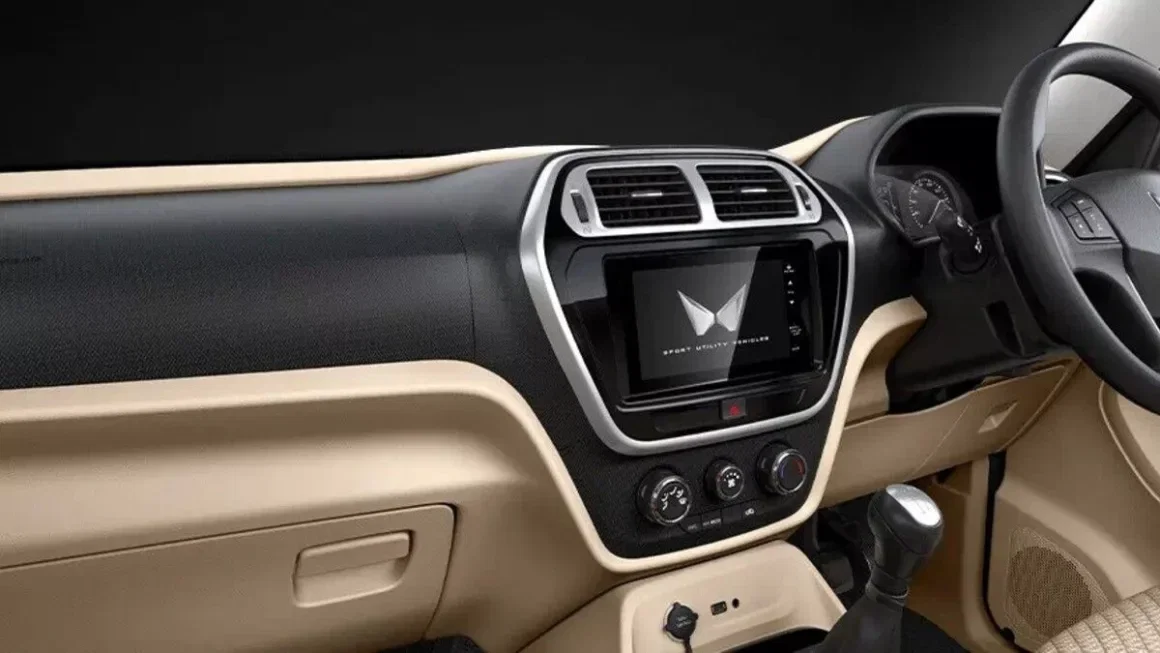
For loyal fans, this is more than a feature update — it’s a sign that Mahindra is willing to evolve without losing its core identity. The 9-inch touchscreen may seem small, but it represents a big step for a vehicle that built its reputation on simplicity and strength.
With inputs from agencies
Image Source: Multiple agencies
© Copyright 2025. All Rights Reserved. Powered by Vygr Media.

